NDOT obtains appropriate approvals and permits from regulatory agencies when projects will have unavoidable adverse impacts to wetlands. The goals of the NDOT Wetlands Mitigation Program are to ensure that wetland and water resources are accurately identified during project development, take appropriate measures to avoid and minimize impacts whenever feasible, and replace impacted wetlands through compensatory mitigation as needed.
There are a variety of benefits derived from wetlands:
-
Flood control. Wetlands can temporarily hold water and slow the water’s velocity.
-
Water purification. Wetlands protect water quality by trapping sediments and other pollutants.
-
Groundwater recharge/discharge. The wetland can retain surface waters that would otherwise quickly flow to distant lakes or rivers, the water can percolate into the ground and help ensure long-term supplies of quality ground water.
-
Sediment/shoreline stabilization.
-
Fish and wildlife habitat.
-
Recreation. Wetlands provide places to hunt, fish and explore nature.
Due to the importance of wetlands, a number of laws and regulations have been developed to ensure the preservation of them. When the objectives of a transportation project cannot be met without adverse impacts to wetlands, compensatory wetland mitigation involves the preparation of a wetland mitigation plan detailing how lost wetland functions will be compensated. Subsequently, wetland mitigation plans are submitted to one or more regulatory agencies, such as the U.S. Army Corps of Engineers, Omaha District and the Nebraska Department of Environmental Quality, for their review and permit approval.
Wetland Mitigation Banks
In March of 1999, NDOT received certification for the first wetland mitigation bank in Nebraska. This was an 11.4-acre site built south of I-80, near the Village of Willow Island, between Gothenburg and Cozad, Nebraska. Since that first certification, a significant number of sites have been mitigated, either on-site or in a new bank site established by NDOT. Wetland banks function similarly to a financial bank, with the currency being wetlands. Banks are established, monitored, and managed to produce wetland credits, which are saved for later usage. As projects impact wetlands, wetland credits can be debited out of the account for each wetland bank site.
Proposed District 7 Wetland Mitigation Bank – Site Development Plan
The District 7 Wetland Mitigation Bank site has been proposed to the U.S. Army Corps of Engineers (USACE) as a site to satisfy compensatory mitigation required for permits issued under Section 404 of the Clean Water Act for highway transportation projects. Please use the link above to download the full site development plan.
The application for this site is currently in the public comment period. Any written comments from public, Federal, State, and Local agencies and officials, Indian Tribes, and other interested parties can be submitted to the USACE.
Proposed Ashland Wetland Mitigation Bank - Site Development Plan
The Ashland Wetland Mitigation Bank site has been proposed to the U.S. Army Corps of Engineers (USACE) as a site to satisfy compensatory mitigation required for permits issued under Section 404 of the Clean Water Act for highway transportation projects. Please use the link above to download the full site development plan.
The application for this site is currently in the public comment period. Any written comments from public, Federal, State, and Local agencies and officials, Indian Tribes, and other interested parties can be submitted to the USACE.
Details for each Wetland Mitigation Bank can be accessed from the statewide Google map below. Graphic depictions of property boundaries are for display purposes only and should not be used for identifying limits of ownership.
